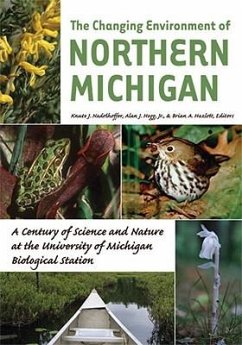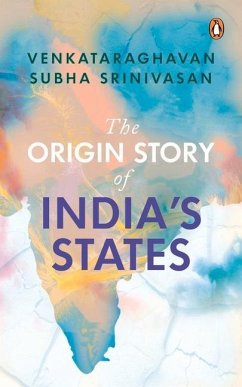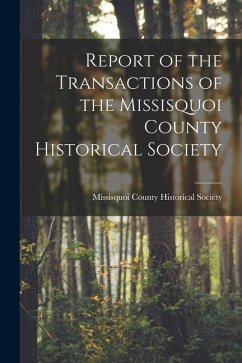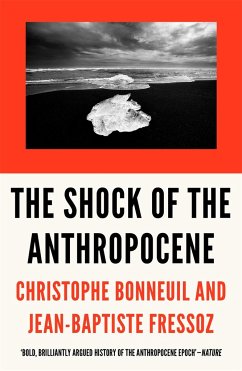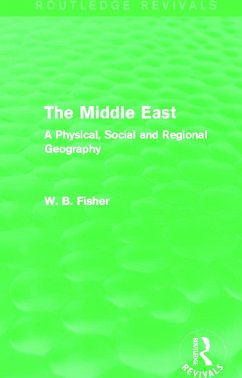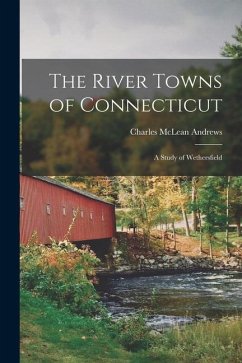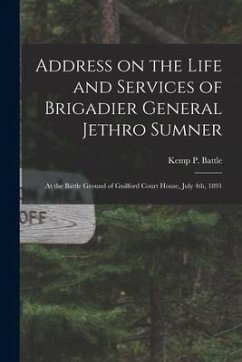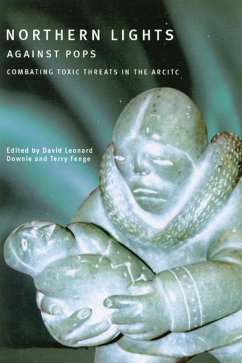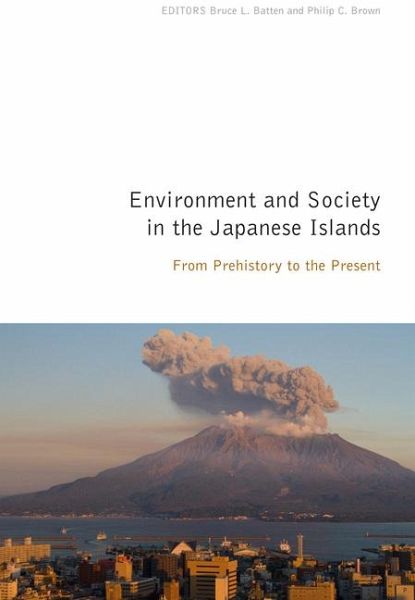
Environment and Society in the Japanese Islands
From Prehistory to the Present
Herausgeber: Batten, Bruce L; Brown, Philip C
Versandkostenfrei!
Versandfertig in über 4 Wochen
26,99 €
inkl. MwSt.

PAYBACK Punkte
13 °P sammeln!
How has the human-nature relationship changed over time in Japan? How does Japan’s environmental history compare with that of other countries, or that of the world as a whole? This volume attempts to answer these questions through a series of case studies by leading Japanese and Western historians, geographers, archaeologists, and climatologists.




